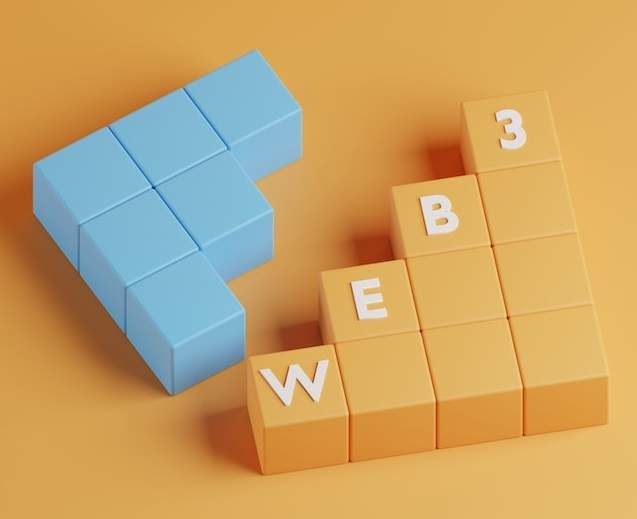Decentralized finance, or DeFi, is an emerging concept that is taking the world by storm. In Web3, it is an essential part of the blockchain ecosystem, and its popularity is rapidly increasing. DeFi is a financial system that operates entirely on the blockchain, allowing users to access financial services without the need for intermediaries such as banks. In this blog post, we will discuss the concept of DeFi, its advantages, and how it works.

What is DeFi?
DeFi is a financial system that is built on blockchain technology. It is decentralized, meaning that it operates without intermediaries such as banks or financial institutions. In a DeFi ecosystem, users can access financial services such as lending, borrowing, trading, and investing in a peer-to-peer manner. All transactions are recorded on the blockchain, and smart contracts are used to enforce the terms of agreements.
Advantages of DeFi
DeFi has several advantages over traditional finance. First, it is decentralized, meaning that there is no single point of failure. Transactions are recorded on a public blockchain, making them transparent and secure. Second, DeFi is accessible to anyone with an internet connection. There are no barriers to entry, and users can access financial services from anywhere in the world. Third, DeFi is permissionless, meaning that anyone can participate in the network without needing approval from a centralized authority.
How DeFi works
DeFi works by using smart contracts, which are self-executing programs that run on the blockchain. Smart contracts are used to automate financial transactions and enforce the terms of agreements between parties. For example, a smart contract can be used to automate a loan agreement between a lender and a borrower. The terms of the agreement are coded into the smart contract, and the contract is executed automatically when the conditions are met.
DeFi platforms also use tokens, which are digital assets that represent a unit of value. These tokens are used to represent assets such as cryptocurrencies, stablecoins, and other digital assets. Tokens are used to facilitate transactions on the platform, and they can be traded on decentralized exchanges (DEXs).
DeFi Applications
There are several DeFi applications that are available today. Here are some of the most popular ones:
- Decentralized exchanges (DEXs): DEXs are platforms that allow users to trade cryptocurrencies without the need for intermediaries. These platforms use smart contracts to automate trades and enforce the terms of agreements.
- Lending platforms: Lending platforms allow users to lend and borrow cryptocurrencies in a peer-to-peer manner. These platforms use smart contracts to automate loan agreements and ensure that the terms of the agreement are met.
- Stablecoins: Stablecoins are digital assets that are designed to maintain a stable value. These tokens are pegged to an asset such as the US dollar, and they are used to facilitate transactions on DeFi platforms.
- Prediction markets: Prediction markets allow users to bet on the outcome of events such as elections, sports games, and other events. These markets are decentralized, and users can place bets using cryptocurrency.
Conclusion
DeFi is an exciting concept that is changing the financial landscape. It offers several advantages over traditional finance, including decentralization, accessibility, and permissionless access. DeFi platforms use smart contracts and tokens to facilitate transactions, and there are several applications that are available today. As the popularity of DeFi continues to grow, it is likely that we will see even more innovative applications in the future.


